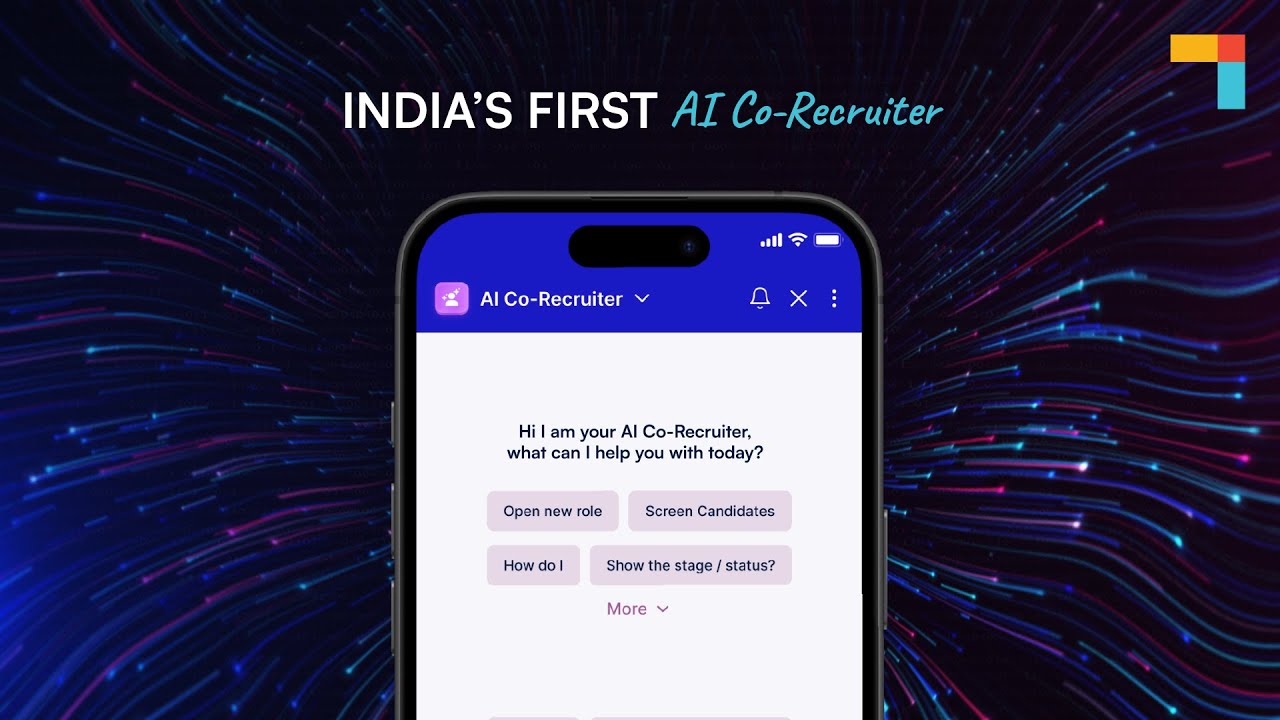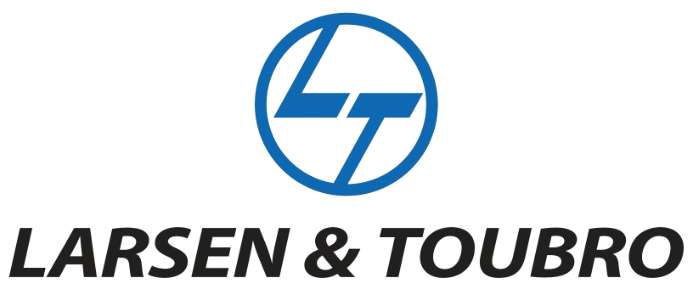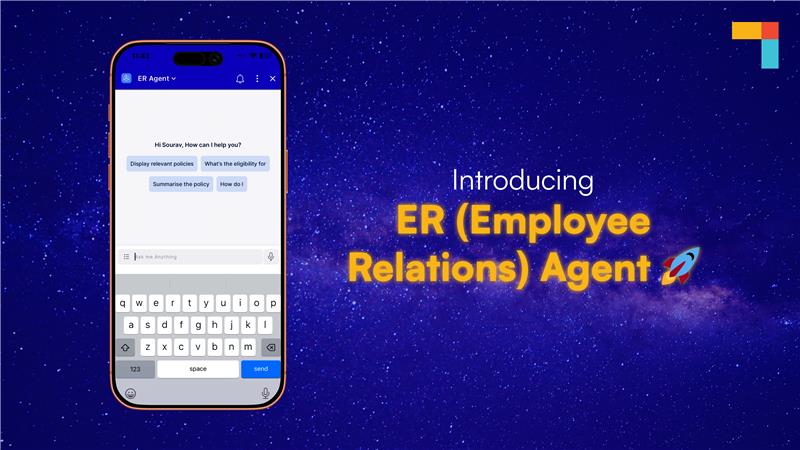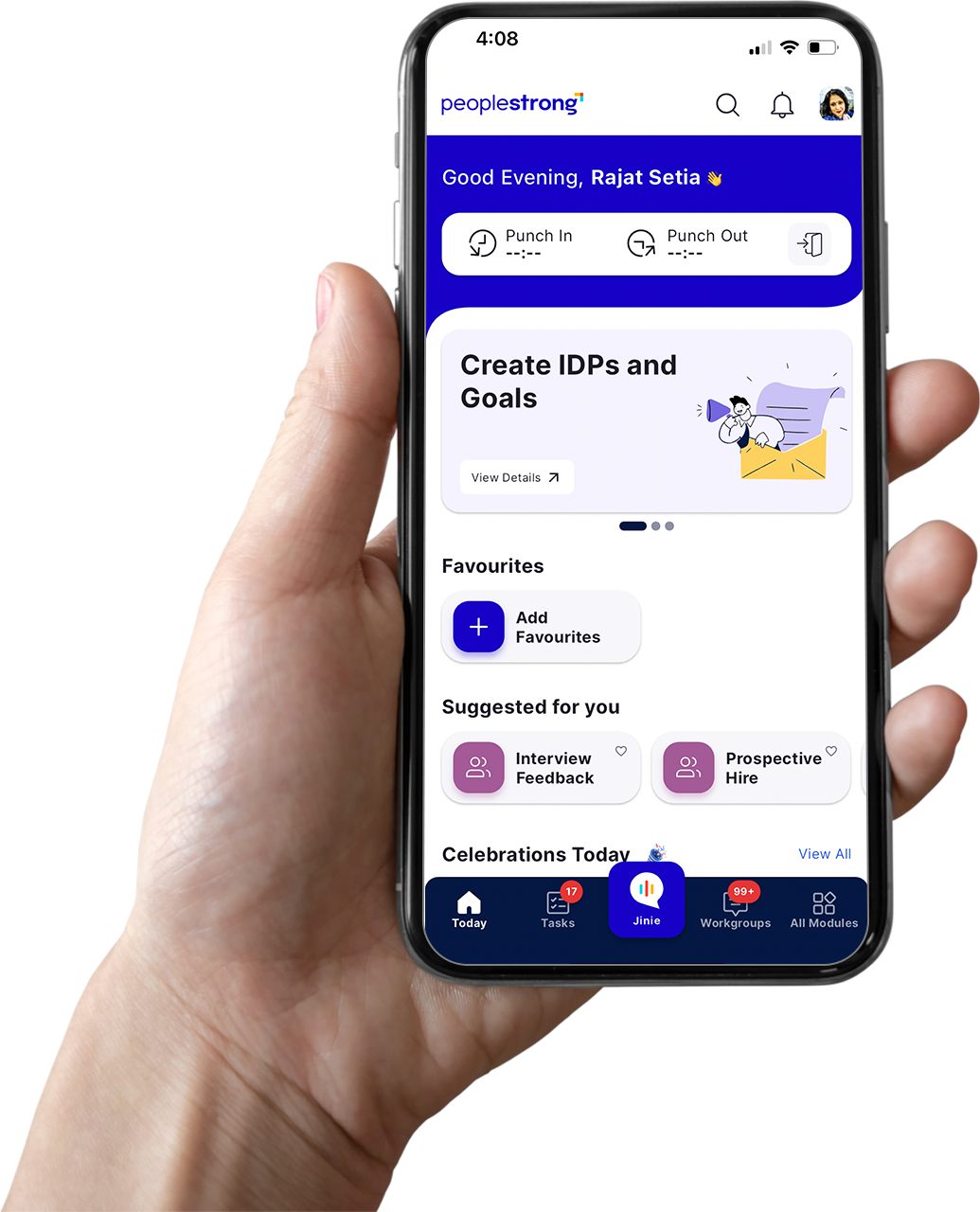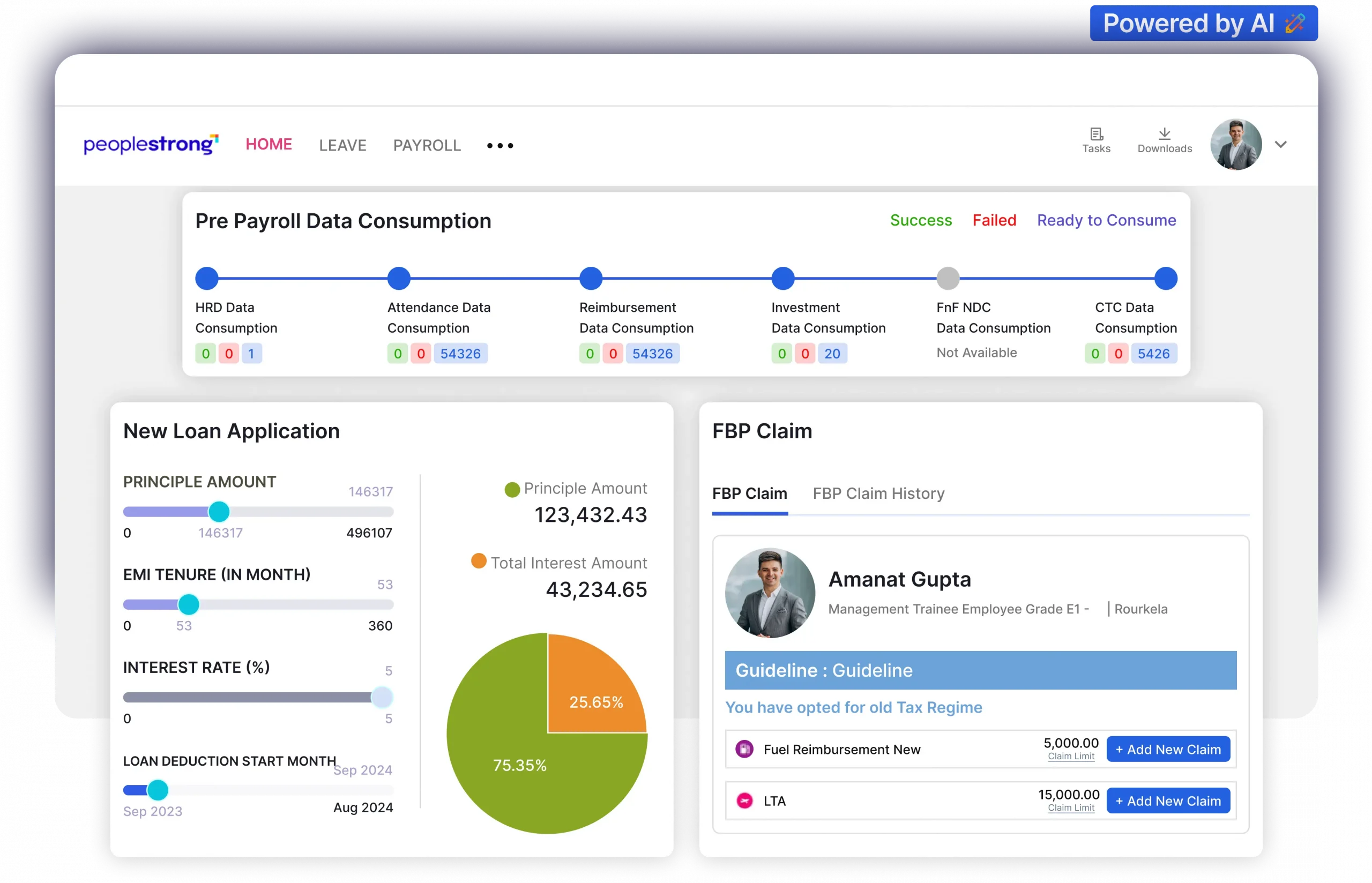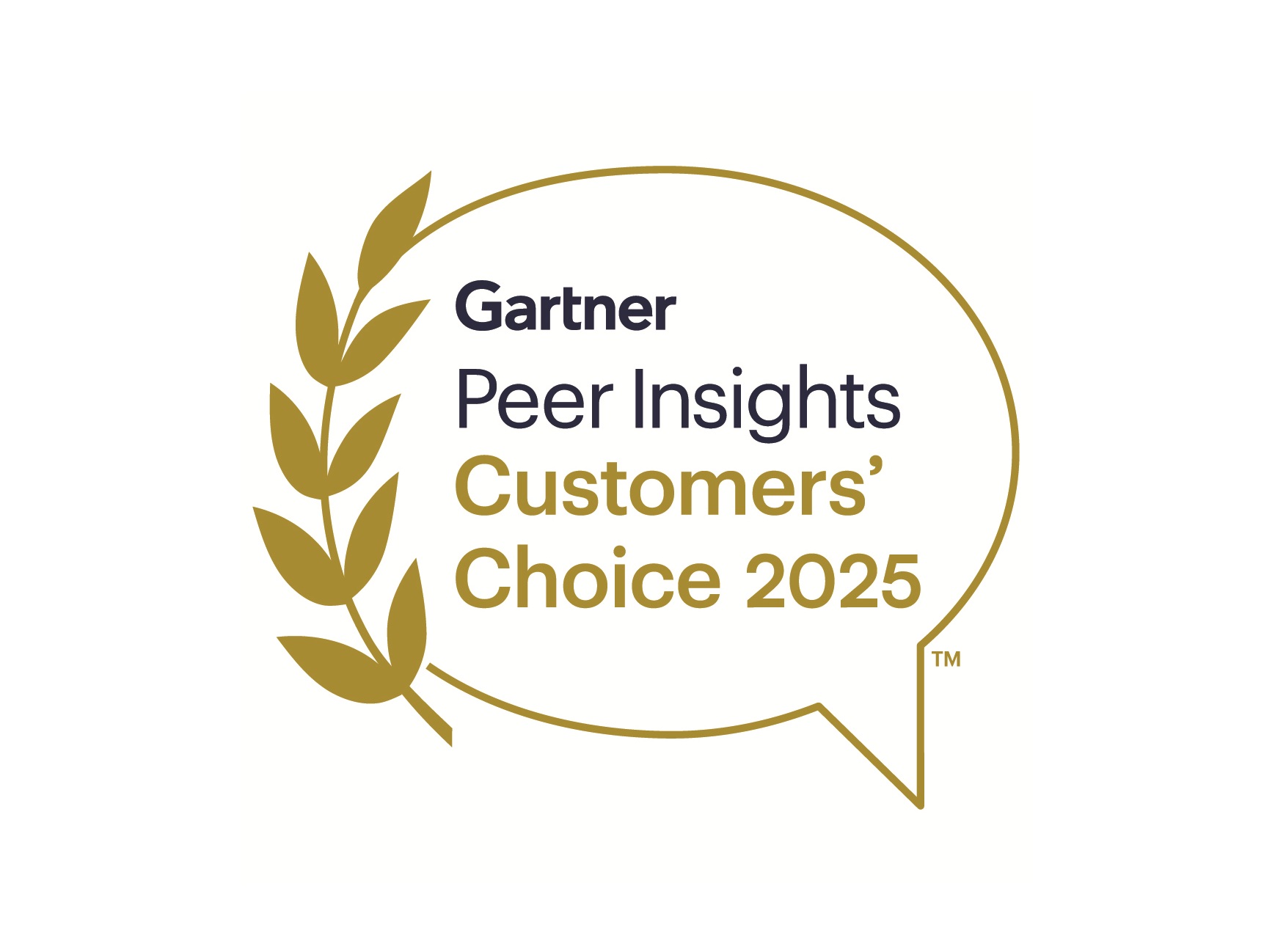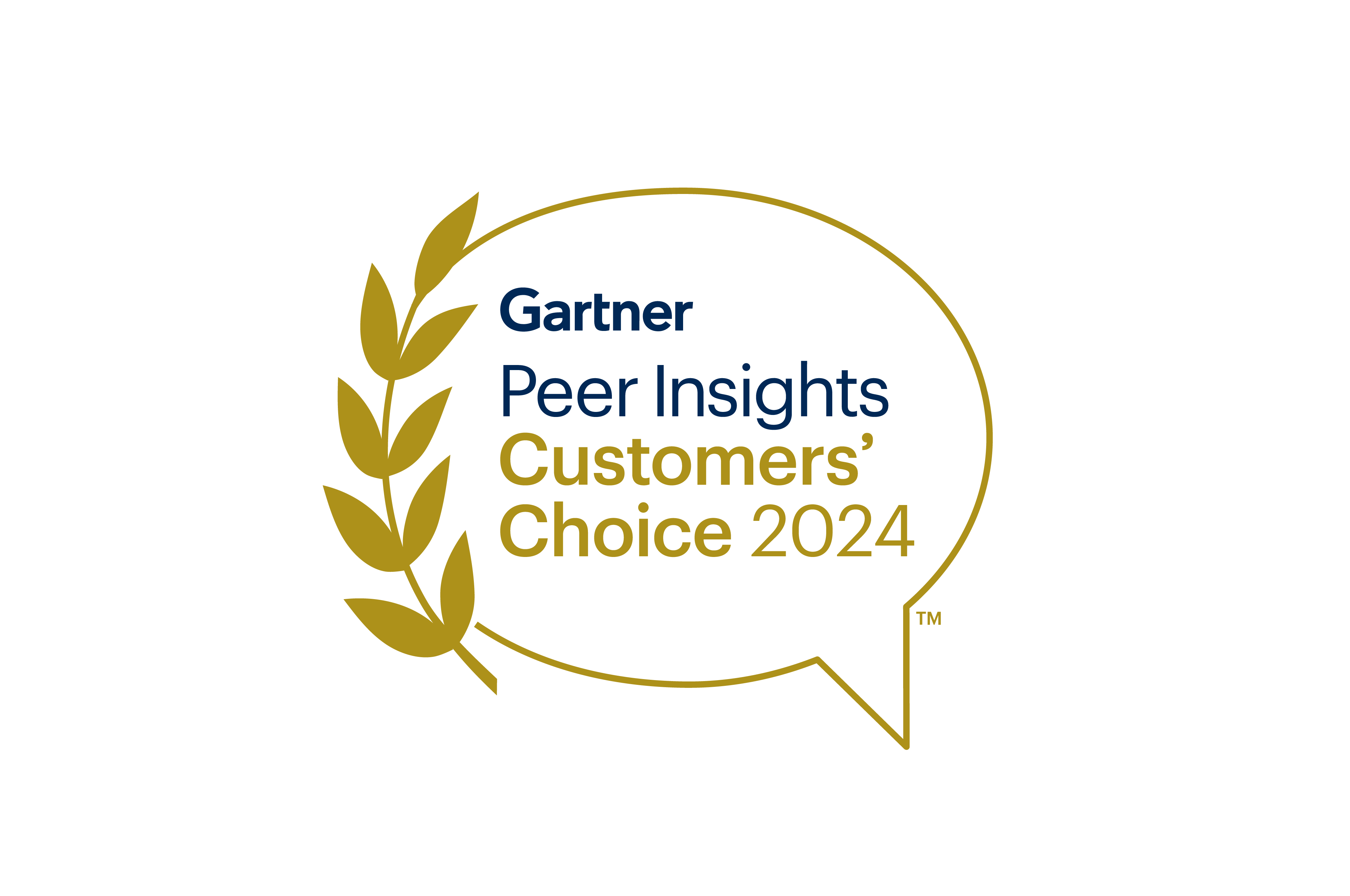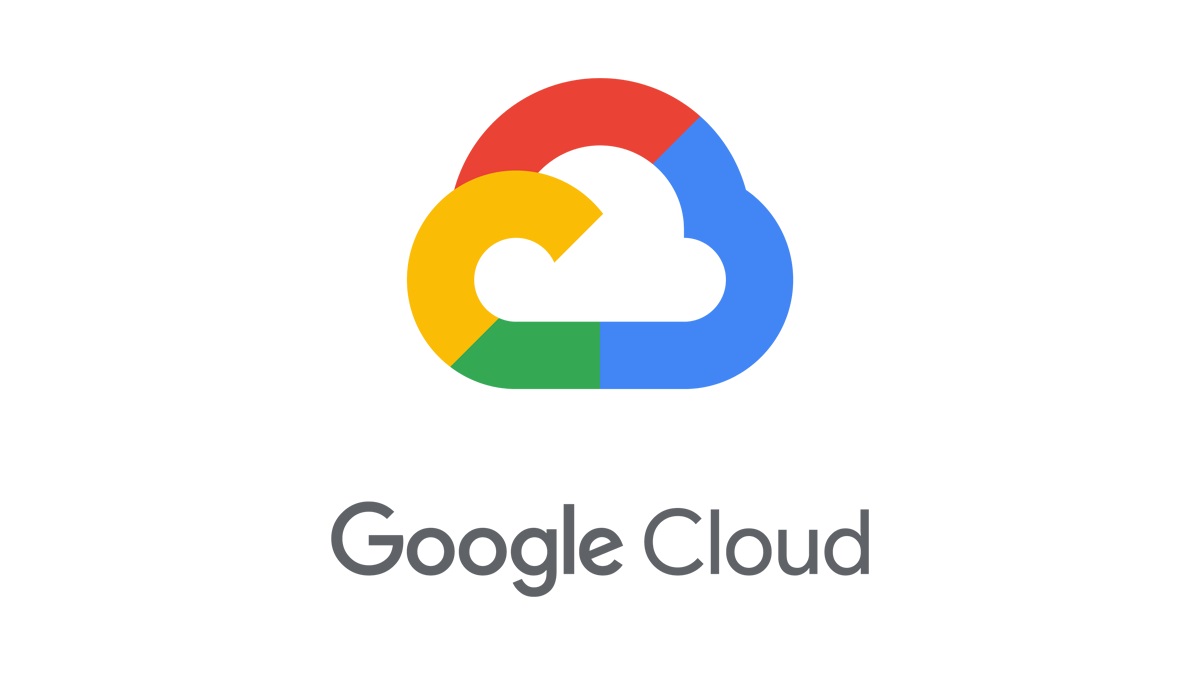Generative AI tools like ChatGPT, Gemini, and Claude have gone from experimental to everyday. They’re now writing job descriptions, parsing contracts, and pulling insights from spreadsheets—often faster than a person could.
But that speed has a cost.
Without clear rules, companies, especially in HR, finance, legal, and IT, risk running into privacy problems, compliance issues, or just bad calls made by bots.
A solid generative AI usage policy template helps prevent that. This blog breaks down what the policy should cover, where most templates fall short, and how to shape one that works for your business.
Understanding the Need: What Makes Generative AI Risky in the Workplace
When used without clear rules, Gen AI tools can mishandle sensitive information, introduce bias, or even create legal headaches. Here’s what you’re really up against:
1. Data Exposure Through Prompts
Many AI models retain user inputs for training or performance tuning. That means any sensitive information entered into the tool may end up stored or reviewed externally.
For instance, if an HR team feeds confidential performance reviews into ChatGPT to auto-generate appraisal summaries, that data is no longer fully in your control—and may violate data privacy laws like India’sDigital Personal Data Protection (DPDP) Bill or the EU’s General Data Protection Regulation (GDPR).
2. Hidden Bias In Outputs
AI models often reflect the biases found in their training data. This can slip into workplace tools, especially when outputs aren’t reviewed critically.
For instance, an HR manager might ask an AI to write a job post for a “tech lead” and receive a result filled with subtly male-coded language. It sounds polished, but it quietly narrows your talent pool—violating fairness principles emphasized in SHRM’s AI and Workplace Technology guidance.
3. AI-Generated Misinformation
Generative models can “hallucinate,” confidently inventing false facts, references, or credentials without warning.
For instance, if someone asks AI to summarize attrition trends and it fabricates stats from a nonexistent report, the misinformation could end up in a leadership review.
4. IP Ambiguity
When AI borrows phrasing or structure from its training data, the line between original and derivative content gets blurry.
For instance, a AI-generated training manual ends up sounding a lot like a competitor’s content. This raises red flags around copyright and compliance, areas increasingly scrutinized under frameworks like the EU AI Act.
Read More: How AI is Transforming the Future of HR
Core Elements of an Effective Generative AI Usage Policy
| Element | Required Action | Why it matters |
| Scope | Apply to all users and tools used at work | Ensures no team or tool slips through the cracks |
| Use Tiering | Prohibit, limit, or allow based on context | Helps reduce risk without slowing down productivity |
| Data Definitions | Classify what counts as company vs public data | Prevents accidental leaks of confidential information |
| Approval Workflow | Manager sign-off for sensitive use | Adds oversight where legal or reputational stakes are high |
| Accuracy & Citation | Manual review + sources required for output | Avoids sharing false or unverifiable information |
An AI policy is about giving people a clear, usable framework. If the boundaries aren’t obvious, employees will either ignore the tool or misuse it. Here’s what a working policy needs to cover:
1. Define Who And What The Policy Applies To
The policy should cover all employees, contractors, and third-party partners using generative AI in any work-related context. That includes internal tools, commercial platforms like ChatGPT, and AI baked into productivity apps.
It should also spell out what tasks are in scope (e.g., content creation, data summarization, report writing, code generation) and what’s not, like sensitive decision-making or confidential analysis.
2. Categorize Use Based On Risk
Not all use cases are equal. Break them into clear tiers tied to role or function.
- Prohibited: Any use involving confidential data (e.g., salary bands, disciplinary records), regulatory submissions, or legal documents.
- Limited: Drafting internal memos, generating rough ideas, writing basic code, allowed with manager approval and human review.
- Open: Using AI for brainstorming, formatting, or summarizing non-sensitive public data, no approval needed.
This tiering helps teams use AI without second-guessing themselves every time.
3. Distinguish Company Data From Public Information
Make it clear what counts as protected. Company data includes anything not publicly available: internal documents, PII, source code, proprietary financials. Public data refers to material already accessible online or published under open licenses.
Employees should avoid feeding any company data into third-party AI tools unless explicitly approved.
4. Set Standards For Approval, Citations, And Fact-Checking
AI-generated output must be reviewed like any other draft. The policy should require:
- Manager approval for any AI-generated material used in external communication
- Source citations for facts, stats, or claims pulled from AI tools
- Manual checks for accuracy before anything goes live
No tool should ever become a source of record without human validation.
3 Sample Policy Structures Based on Company Stance
There’s no universal AI policy that fits every business. So, here are three generative ai usage policy template examples, built around how different companies operate and what risks they face.
1. Prohibited Use Model
This structure is for organizations that operate in high-risk, heavily regulated environments, where a single data slip, legal misstep, or misstatement can cause major fallout. In these settings, AI use isn’t a gray area. It’s a hard no.
For instance, imagine a pharmaceutical company finalizing documentation for an upcoming drug approval. Everything must comply with the regulatory standards of the FDA, EMA, or CDSCO. These are audited documents, and auto-generated text often can’t be verified or traced. Even internal drafts that get circulated could create version control issues or legal risk.
In this case, here’s a policy you could create:
Generative AI Usage Policy – Prohibited Model
Objective
To ensure strict control of data handling, regulatory compliance, and documentation integrity, the use of generative AI tools is prohibited across all business functions.
Scope
This policy applies to all employees, consultants, contractors, and third-party vendors engaged in any company-related task, globally.
Policy Guidelines
- AI Usage Ban
- The use of external generative AI tools (e.g., ChatGPT, Bard, Claude, Gemini) is strictly prohibited for any work-related task.
- This includes, but is not limited to, drafting, editing, summarizing, or translating internal documents.
- Internal Tools Exception
- AI features embedded in internal platforms (e.g., document editors, email clients) may only be used if those tools have been vetted and approved by Legal, Compliance, and Information Security teams.
- Teams must maintain documentation of approval for audit purposes.
- Prohibited Content Input : No employee may input the following into any AI tool, under any circumstance:
- Clinical data or research summaries
- Patient information or trial participant data
- Regulatory submission drafts or internal assessments
- Confidential communications (e.g., investor updates, internal memos)
- Unpublished scientific or technical data
2. Limited Use Model
This structure works for companies that want to explore the benefits of generative AI but can’t afford to hand over full control. The risk isn’t zero, but it’s manageable if clear boundaries and reviews are in place.
For instance, imagine an HR tech firm that creates learning content, internal communications, and talent engagement strategies. Speed matters. So does nuance, especially when it comes to tone, privacy, and DEI concerns. You want AI to help the draft process, not publish unchecked messages to employees or clients.
Here’s a hands-on policy template for that scenario:
Generative AI Usage Policy – Limited Use Model
Objective
To support efficiency and creativity while preserving quality, privacy, and compliance, this policy outlines how generative AI may be used in limited, supervised contexts across the organization.
Scope
Applies to all full-time employees, contractors, interns, and vendors who use generative AI tools in any capacity related to internal content, communications, or client support.
Permitted Use Cases
Generative AI tools (e.g., ChatGPT, Gemini, Claude) may be used for the following low-risk, internal tasks:
- Drafting internal emails, meeting summaries, or communication templates
- Generating first drafts for learning modules or employee surveys
- Brainstorming campaign ideas or FAQs
- Summarizing public reports or whitepapers for internal use
- Creating early-stage outlines for HR policies, only if reviewed by a manager
Restricted Use Cases
The following are not permitted without explicit, documented approval from a reporting manager:
- Any external-facing material that hasn’t been reviewed by a human
- Any content containing employee identifiers (e.g., names, performance scores, salary info)
- AI use in sensitive HR processes such as exit communication, disciplinary action, or DEI reporting
- Any AI-generated output that will be sent to clients, regulators, or the press
Content Labeling and Review
- All AI-assisted content should include a footer or comment label: “AI-generated draft – pending review”
- Managers are responsible for approving final versions before publishing or sending
- If using AI to generate factual claims or statistics, the original source must be independently located and cited
Tool Usage Rules
- Only approved AI tools may be used; employees should not use browser extensions, plugins, or unsupported platforms
- Do not paste confidential documents, employee records, or company financials into AI tools
- Teams should use placeholder data during drafts (e.g., “[Employee Name]”) until content is finalized
3. Open Use Model
This structure is best for high-output, low-risk functions, teams creating public-facing content where speed, variety, and creativity are priorities. The risks of AI hallucination or tone misfire still exist, but the consequences are manageable with light oversight.
For instance, take a fast-growing D2C brand’s marketing and support teams. They’re sending out daily emails, building landing pages, responding to customer queries, and launching product copy at scale. Waiting on a full content approval chain kills momentum. What they need is speed with sensible checkpoints.
Here’s the policy template that fits this use case:
Generative AI Usage Policy – Open Use Model
Objective
To enable creative and operational efficiency through responsible AI usage in marketing, customer experience, and support teams, while maintaining brand integrity and minimizing reputational risk.
Scope
Applies to all employees and contractors working in public-facing teams, including marketing, social media, content, customer support, and partnerships.
Permitted Use Cases
Employees are encouraged to use generative AI (e.g., ChatGPT, Gemini, Claude, Jasper) for the following:
- Drafting email marketing copy, ad headlines, and blog intros
- Generating variations of landing page content or CTAs for A/B testing
- Writing help center articles, product descriptions, or chatbot responses
- Summarizing customer reviews or feedback for trend insights
- Translating standard content into regional/local language variants
Rules for Responsible Use
- Review and Oversight
- AI-generated content must be manually reviewed before it is published
- Managers may spot-check for hallucinations, off-brand tone, or factual errors
- All team leads are responsible for maintaining quality standards within their verticals
- Brand Alignment
- AI-generated content must follow the company’s brand voice, style guide, and tone principles
- Tools should be trained or prompted with brand-relevant examples to stay consistent
- Customer Interactions
- Agents may use AI to draft or suggest responses, but must personalize or approve before sending
- Escalations, complaints, or refund issues may not be handled by AI tools without supervision
- Data and Privacy
- No customer PII, payment data, or ticket history may be pasted into third-party AI tools
- Use anonymized prompts where possible (e.g., “customer reported a delivery issue” instead of names or addresses)
Which Policy Model Fits Best?
Choose a model based on your team’s risk profile, content sensitivity, and compliance obligations, whether you need strict controls, flexible oversight, or open creative use. Here’s how to go about it:
| Policy Model | Best For | Why It Works |
| Prohibited | Regulated sectors (pharma, finance, legal) | Removes ambiguity and legal exposure |
| Limited | HR, L&D, IT, product teams | Balances innovation with oversight |
| Open | Marketing, support, and growth teams | Supports high-volume, public content creation |
Customizing the Policy: Adapting for Your Industry, Geography, and Tech Stack
A generic AI policy isn’t enough. For it to work, it must align with your jurisdiction, industry, and the tools your teams use. That’s where most templates fail, they don’t get specific.
1. Geographical Compliance
If you operate in India, your policy should reflect the Digital Personal Data Protection (DPDP) Bill, which restricts how personal data is shared with third-party platforms, especially those hosted overseas.
In the EU, the GDPR and EU AI Act demand consent, transparency, and explainability. You’ll need to build in language around user rights, data minimization, and clear consent for AI-assisted decisions.
2. Industry-Specific Risks
A SaaS startup drafting marketing emails doesn’t face the same risk as a hospital logging patient data.
- Healthcare: Add clauses prohibiting the use of AI for generating or interpreting medical advice or patient communications.
- BFSI: Ban AI use in financial modeling, audit prep, or KYC. These functions require full traceability, which generative AI doesn’t offer.
- IT/Tech: Allow limited use in documentation or code generation, but restrict use in architecture planning or security design.
3. Internal Stack vs. Public Models
Public generative AI platforms like ChatGPT or Gemini are powerful, but they’re not built for enterprise HR. They store prompts, can’t guarantee jurisdiction-specific compliance, and often lack visibility into how their models were trained.
That’s a problem when you’re handling sensitive data like salary information, promotion decisions, or employee feedback. Even something as simple as pasting appraisal notes into a public model becomes a potential data privacy violation under laws like India’s DPDP Bill or the EU’s GDPR.
That’s where internal platforms like PeopleStrong are a better fit.
Instead of routing data through external servers, PeopleStrong offers end-to-end AI tooling integrated into its secure HRMS. This means no shadow tools, no data leakage, and no need to jump between third-party apps.
- Instead of using ChatGPT to draft a job description, users can generate role-specific JDs directly within the Recruit module, with skills, seniority, and organizational context already built in.
- GenAI can craft custom IDPs, OKRs, and coaching guides based on internal employee data, without exposing any personal or team-level info to third-party systems.
- Instead of feeding data into external survey tools, HR teams can use the platform to build human-like, customizable surveys, tailor-made to capture sentiment while staying compliant.
Governance & Accountability: Training, Auditing & Enforcement
Training isn’t optional, not when a single misuse can expose sensitive data or trigger compliance violations. It’s easy for an employee to casually paste appraisal comments into ChatGPT for rephrasing, not realizing the input may be stored by an external server. These are rarely malicious acts; they’re mistakes born from a lack of awareness.
To avoid that, companies should:
- Appoint a GenAI Policy Owner in Each Business Unit: This person serves as the go-to for tool usage questions, policy clarifications, and real-time edge cases. They ensure that accountability doesn’t sit with a faceless central team but is embedded in day-to-day operations.
- Establish Strong Monitoring Practices: Basic IT controls won’t catch nuanced misuse. You’ll need system-level logging that tracks which tools are being accessed, what types of data are being fed in, and by whom.
- Set Up Usage Flags And Audit Trails: Build in automatic alerts for keywords like “salary,” “performance,” or “appraisal” in AI tool inputs. Store audit logs in a way that lets compliance or security teams investigate quickly and accurately.
- Make Enforcement Credible: If misuse occurs, you should be able to trace the event back to its source, with full visibility into the tool, prompt, user, and timestamp. Without this, enforcement becomes performative.
Ethical and Responsible Use of AI Beyond Compliance
Compliance sets the floor, but ethics sets the standard. Generative AI can easily replicate and reinforce existing biases, especially in HR use cases like resume screening, performance feedback, or learning recommendations. If left unchecked, these systems risk making decisions that look neutral on the surface but reflect skewed patterns under the hood.
One way to embed this mindset is by creating a simple, visible AI Code of Conduct. This could include commitments like:
- Never using AI to replace human judgment in sensitive decisions
- Always disclose AI-generated content in employee communications
- Reviewing outputs for fairness across gender, language, and region
Your Next Steps to AI-Ready HR Operations
AI policies are how you unlock the benefits without triggering the risks. With the right structure in place, your teams can move fast, stay compliant, and avoid costly missteps. A clear usage policy gives employees the confidence to use AI responsibly—without the fear of getting it wrong.
Curious how this works in a real-world HR setting?
Take a closer look at PeopleStrong’s GenAI-powered HRMS—built for scale, security, and smarter employee experiences.
